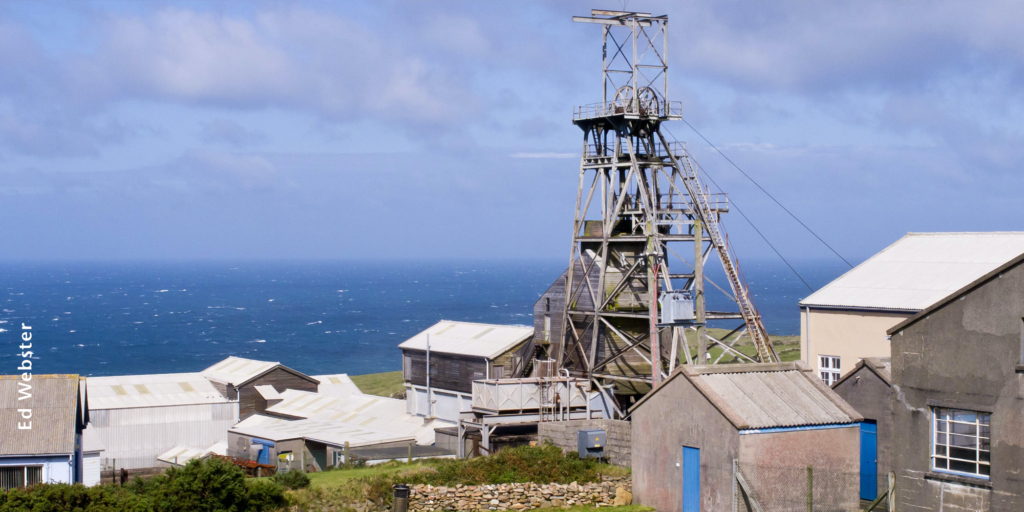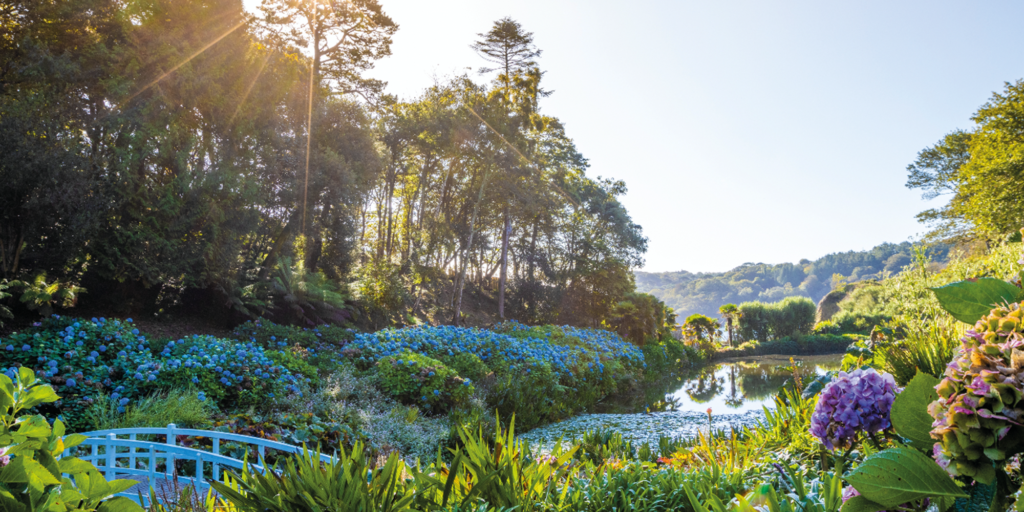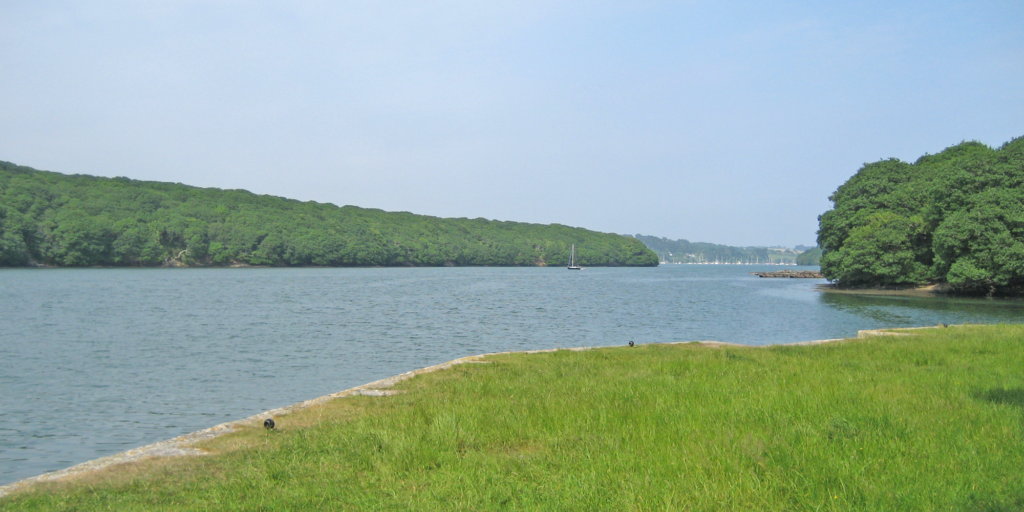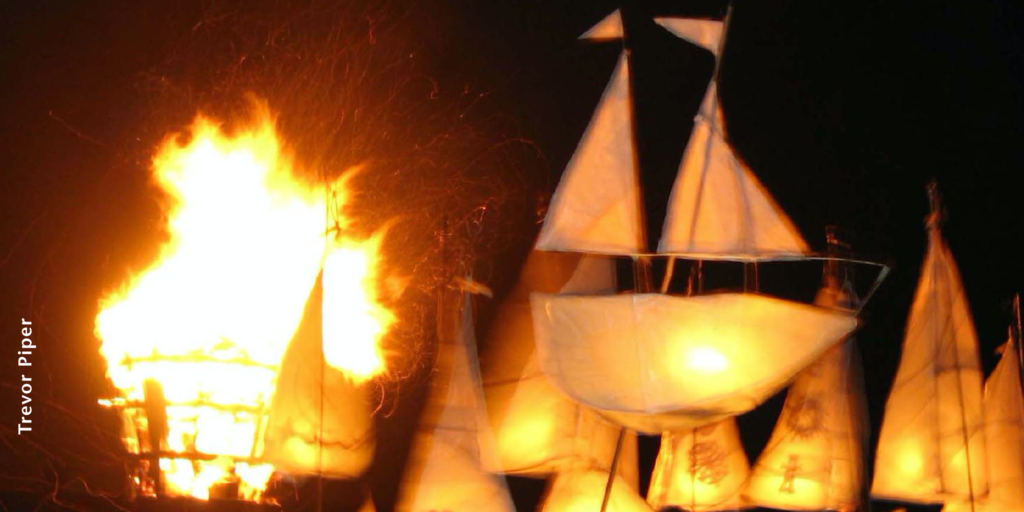

A guide to winter in Cornwall
Winter’s parting gifts to this ancient land are Atlantic driven storms and ferocious winds that batter and bruise the cliffs to granite grey. Some would say it is a passing acknowledgement to a place that has remained closer to its pagan roots than the rest of the country, sparing it from the rigours of the coldest season but at the same time leaving a reminder of its elemental power. A warning not to stray too far from its Celtic origins. Over the centuries the ocean-borne storms have brought destruction and sadness to the little harbours and villages that lie facing such an implacable force. There are markers and memorials all along the Cornish coast from Mousehole to Veryan, from Land’s End to Bude. But these very same seas, that are whipped up in anger for several months of the year, provide food, income and a way of life that has existed for generations. It is an ambivalent relationship that tilts between extremes. One that infuses the Cornish character. For even the July summer exodus from ‘up-country’, to arguably one of the best holiday locations in the UK is a double-edged sword. Blessed with wonderful beaches, a range of award-winning restaurants and spectacular coastal walks, Cornwall certainly isn’t a one-location-destination. There’s so much to keep the enjoyment factor pitched at a consistently high level, bringing much-needed and appreciated income to the county! But being an area of land that is only 1,375 square miles in size, with a population of some 568,210 the influx of 3.8 million summer visitors brings with it certain issues that hit the pressure points on the peninsula!
So, when September arrives and the crowds evaporate and return to their more pedestrian existence beyond the Tamar, there is a little sigh of relief. But here’s the rub – Cornwall is just as attractive, if not more so, in winter as it is in summer!
Without the crowds it takes on a more serene countenance enhanced by local traditions and festivals. And, in contrast to most of the country, it has a much milder climate with the temperature rarely dropping below freezing, with the word ‘snow’ rarely finding form on the lips of any Cornish person! As mentioned earlier, the coastal county frame can be lashed with waves, sweeping up from the English Channel, that can exceed 60 feet in height, giving rise to the spectator activity of ‘wave watching’. And although you’re unlikely to be alone (reassuringly), you won’t be fighting for viewing space as the summer throng will have long departed. In fact, you’ll find far more space everywhere – the roads are emptier, the beaches less busy and the mildly (this is Cornwall!) frenetic pace parked up for another season. Wonderful seaside villages and towns, such as Porthleven, Port Isaac and Marazion, take on a different feel altogether. Their galleries and unique shops become cosy havens, where you can browse without having to regularly side-step your fellow holidaymaker. If you’re a dog owner then many beaches awake from their summer restrictions to allow you and your four-legged companion to explore and exercise. If you fancy something more sheltered, then the gardens of Trebah on the Helford River, where four miles of footpaths wind through dazzling exotic planting down to the water, are open all year round. While you’re there, remember: it was here in June 1944, that 7,500 men of the 29th US Infantry Division embarked for the D-Day landings on Omaha beach.
As most people arrive for the ‘sand, sea and surf experience’, a much-overlooked area that this part of the world has to offer are the many inland walks. Little wooded valleys open up to reveal glimpses of streams and tributaries such as Tremayne Quay; whereas Cardinham Woods is a much larger concern, covering some 650 acres, where four marked trails have been laid out for visitors. Then there’s Golitha Falls Nature Reserve that sits within a sheltered gorge, where ancient oaks cling to a dramatic stretch of the Fowey River. Idless Woods near Truro offers up a peaceful escape with a network of forested paths that are popular with walkers and cyclists alike. The list goes on.
This time of year sees quintessentially Cornish activities taking place – the Montol (winter solstice) festival is a highlight in Penzance while Padstow hosts its own ‘pagan celebration’ known locally as Mummer’s Day. If you fancy hanging around until Christmas itself you can always enjoy a traditional Christmas Day swim, perhaps with some persuading, or take to the surf at Fistral Beach at Newquay. Cold but exhilarating – so I’m told.
Should the weather turn inclement, to the extent that you’re seeking indoor distraction, then Cornwall can cater to your needs. The Maritime Museum in Falmouth, Tate St Ives or of course the Eden Project near St Austell should definitely form part of anyone’s winter itinerary; as should lesser-known places like the Porthcurno Telegraph Museum, Helston’s Museum of Cornish Life and Geevor Tin Mine.
In a nutshell, Cornwall stays very much alive in the winter months. But don’t tell anyone.







